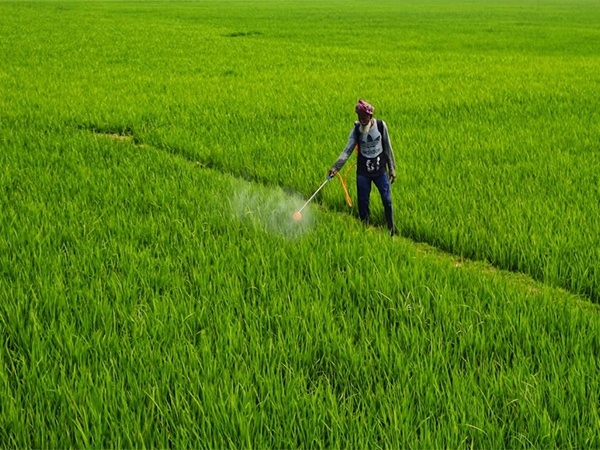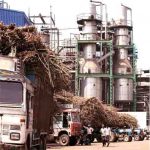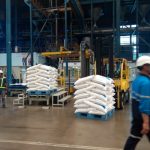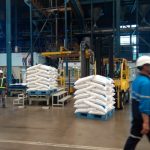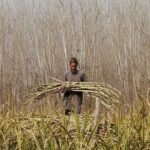New Delhi: India’s kharif sowing has recorded a significant 4.1 per cent year-on-year (YoY) increase as of July 18, 2025, supported by an above-normal monsoon and improved reservoir levels across the country, according to a recent report by Bank of Baroda.
The report further reveals that the total area under kharif crops has reached 708.31 lakh hectares, up from 680.38 lakh hectares during the same period last year. This improvement comes on the back of 6 per cent above-average rainfall recorded during the current monsoon season as the South-West monsoon progressed steadily across key agricultural regions.
Leading the growth are coarse cereals and rice, which saw sowing increase by 13.6 per cent and 12.4 per cent respectively. Pulses also posted positive gains at 2.3 per cent, driven largely by moong cultivation. However, oilseeds and cotton witnessed setbacks, with sowing down by 3.7 per cent and 3.4 per cent respectively.
Agricultural economists expect this momentum in kharif sowing will ease pressure on food inflation and bolster rural economic sentiment in the months ahead.
Additionally, rainfall distribution has been largely favourable. Central and North-Western India reported rainfall 22 per cent and 29 per cent above normal, respectively. However, East and North-East India continue to face deficits of up to 23 per cent, affecting states like Bihar, Assam, and Manipur.
In parallel, India’s reservoir storage as of July 18 stands at 57 per cent of total capacity, a steep jump from 29 per cent last year. The Southern region leads with 65 per cent storage, followed by Western (59 per cent) and Central (54 per cent) regions, indicating better water availability for irrigation in the coming weeks.
With the India Meteorological Department (IMD) forecasting continued neutral ENSO and IOD conditions, further rainfall is expected in North-West India over the next two weeks, which may help bridge sowing gaps in lagging regions.
(With input from ANI)

